Features of the structures display the innovation and craftiness of the early settlers of the State of Kansas.
Over the years, I’ve traveled many times between where I’m from and where I live now. I’ve driven from where I grew up to visit grandparents and to go out and explore, and from where I live now to go back to visit family and friends.
A part of these drives that always intrigued me were the many limestone fenceposts used to fence the pasture lands. It makes sense that stone was used for fenceposts as there were barely any trees visible as my family traveled back and forth across Kansas.
It wasn’t until later into adulthood that I started learning more about the region, and then started to notice and appreciate this same limestone used in construction, in historic churches, old small-town storefronts, and in farmhouses, barns, and outbuildings scattered across central Kansas.
My grandparents were hoteliers and owned multiple small properties in Kansas—from west to east in Liberal, Garden City, Ellis, Hays, Salina, and Junction City, so at some point, we visited many of these locations throughout southwest to mid-central Kansas. Much of this area is also known as the Kansas Post Rock Limestone region, and so this is what I would like to share with you. Here are some of the structures that I’ve explored.
Each of these are near Dorrance, Kansas.
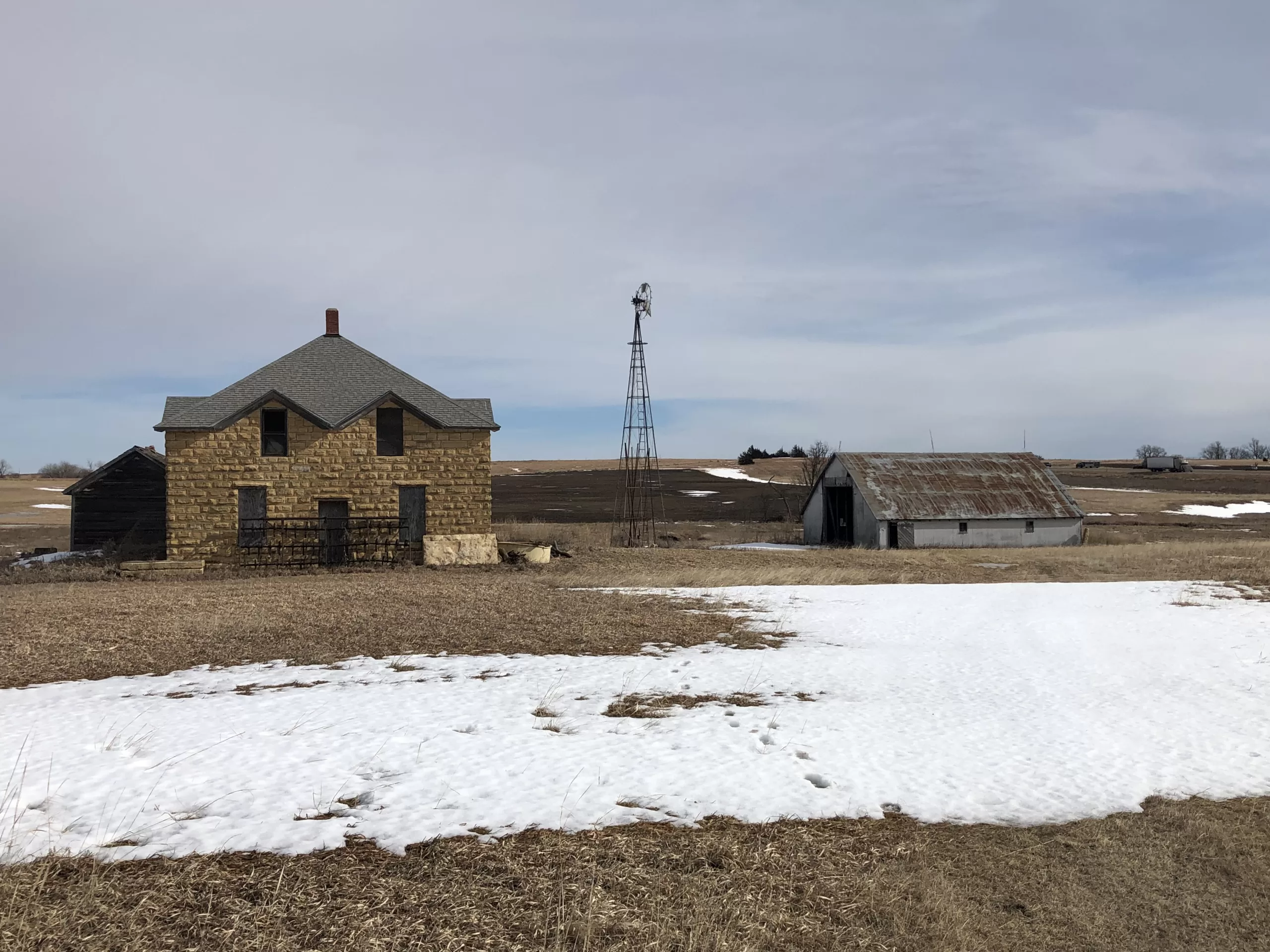
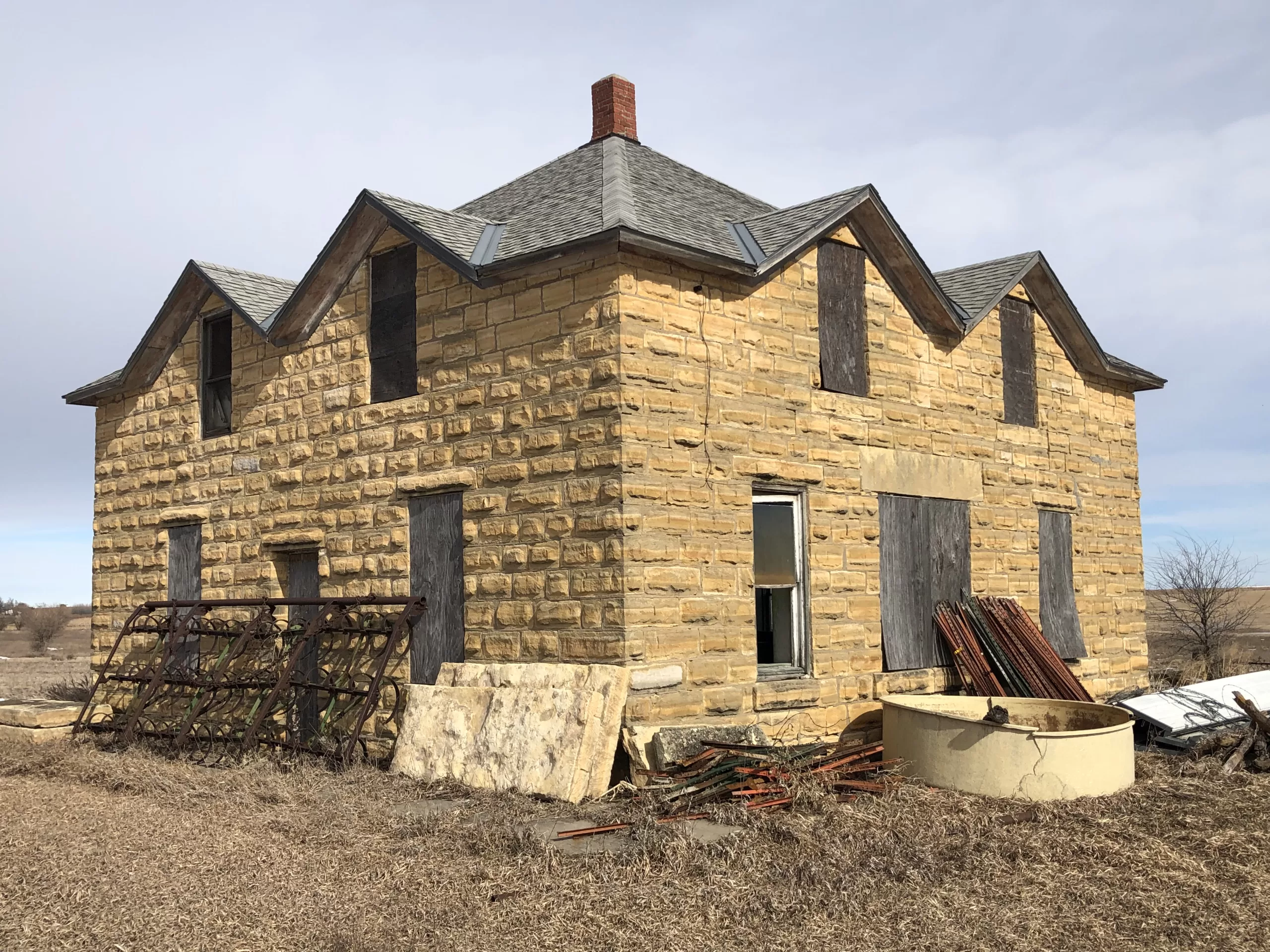
Post rock limestone is mined from the Greenhorn Limestone formation which, through Kansas, runs diagonally from northeast to southwest from Republic down to Hodgeman. The limestone is formed from a sedimentary layer and is sandwiched between soft layers of shale and chalk, making it easy to mine. In addition, it’s found close to the surface and is often exposed from erosion in banks and hillsides. The limestone layer is typically 8″-12″ thick, and so makes it ideal for fence posts and blocks like you see here.
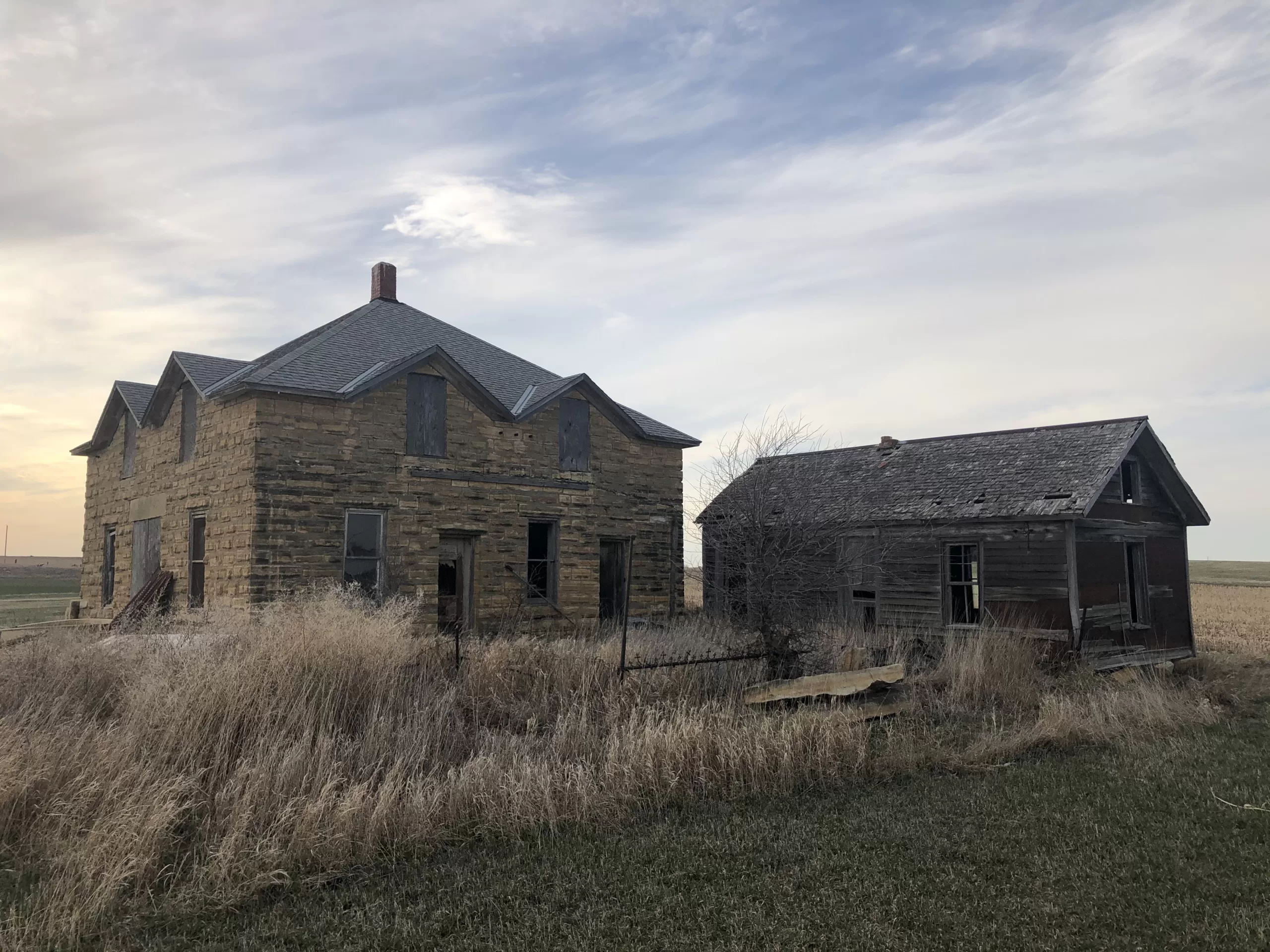
During the late 1800s, the limestone was mined and dressed by hand using simple tools.
When first mined, it is soft and easy to cut, and then hardens from exposure to air. Once cut and dressed, the limestone would be transported to its destination in slings on the bottom of wagons.
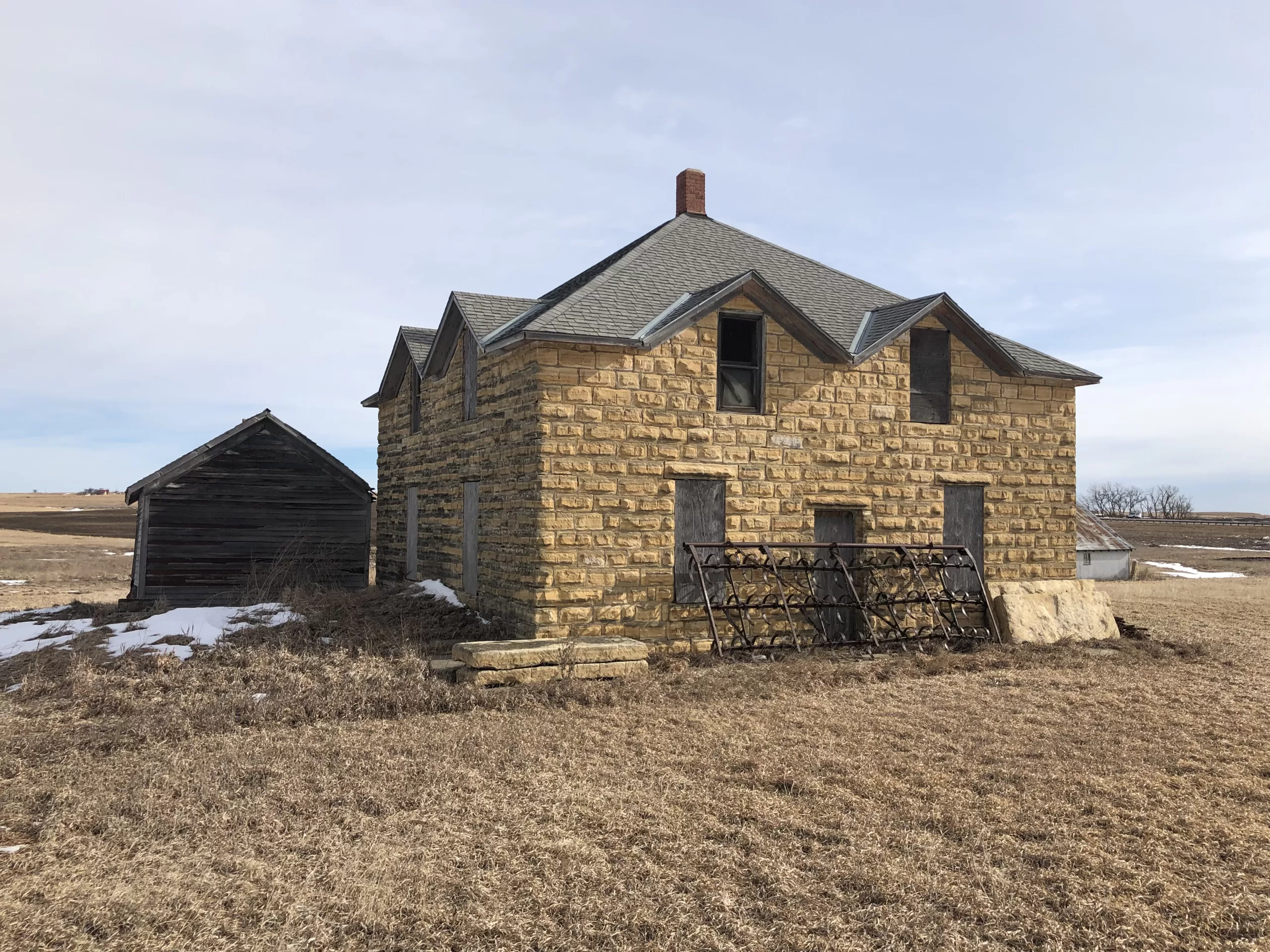
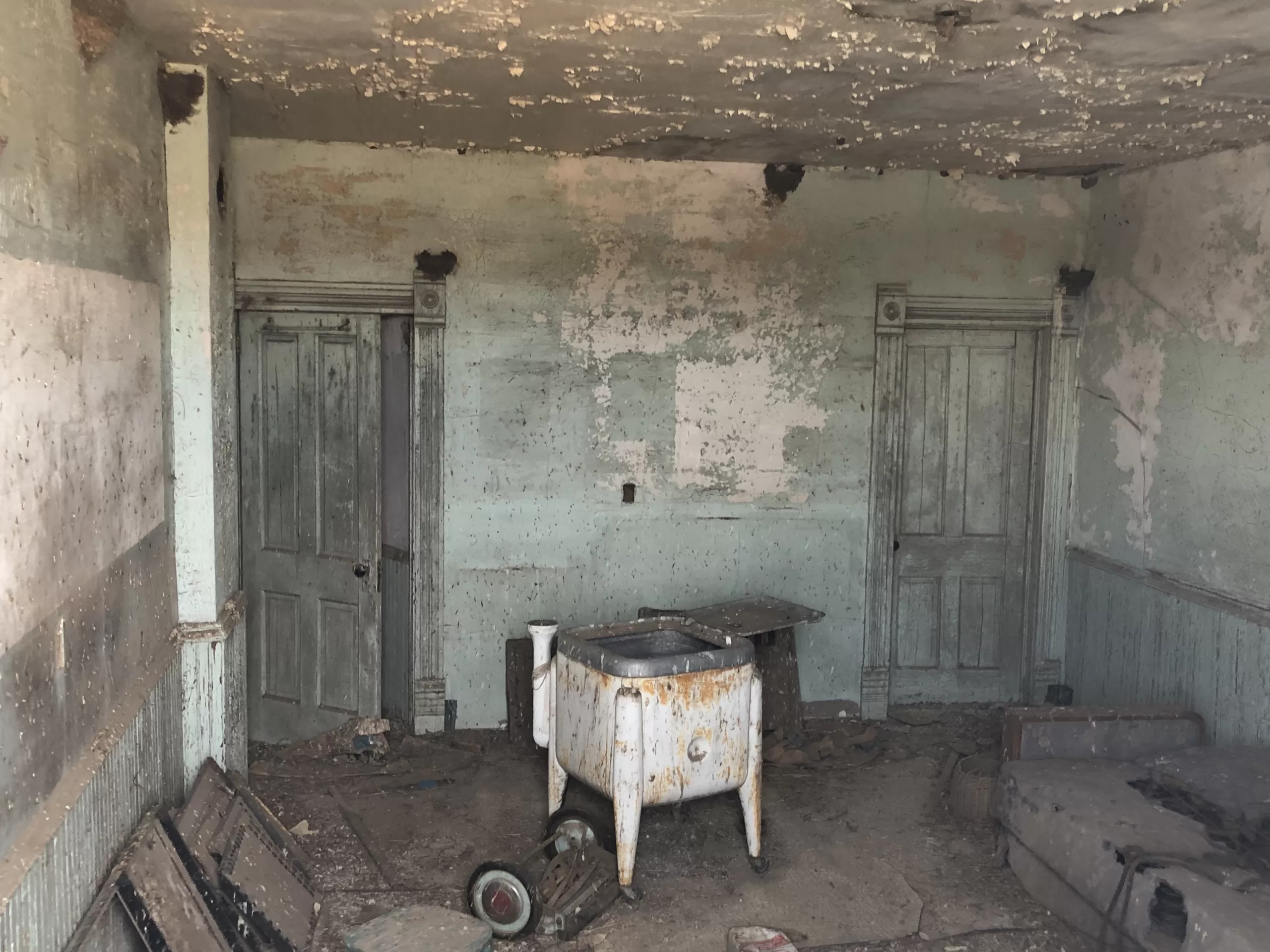
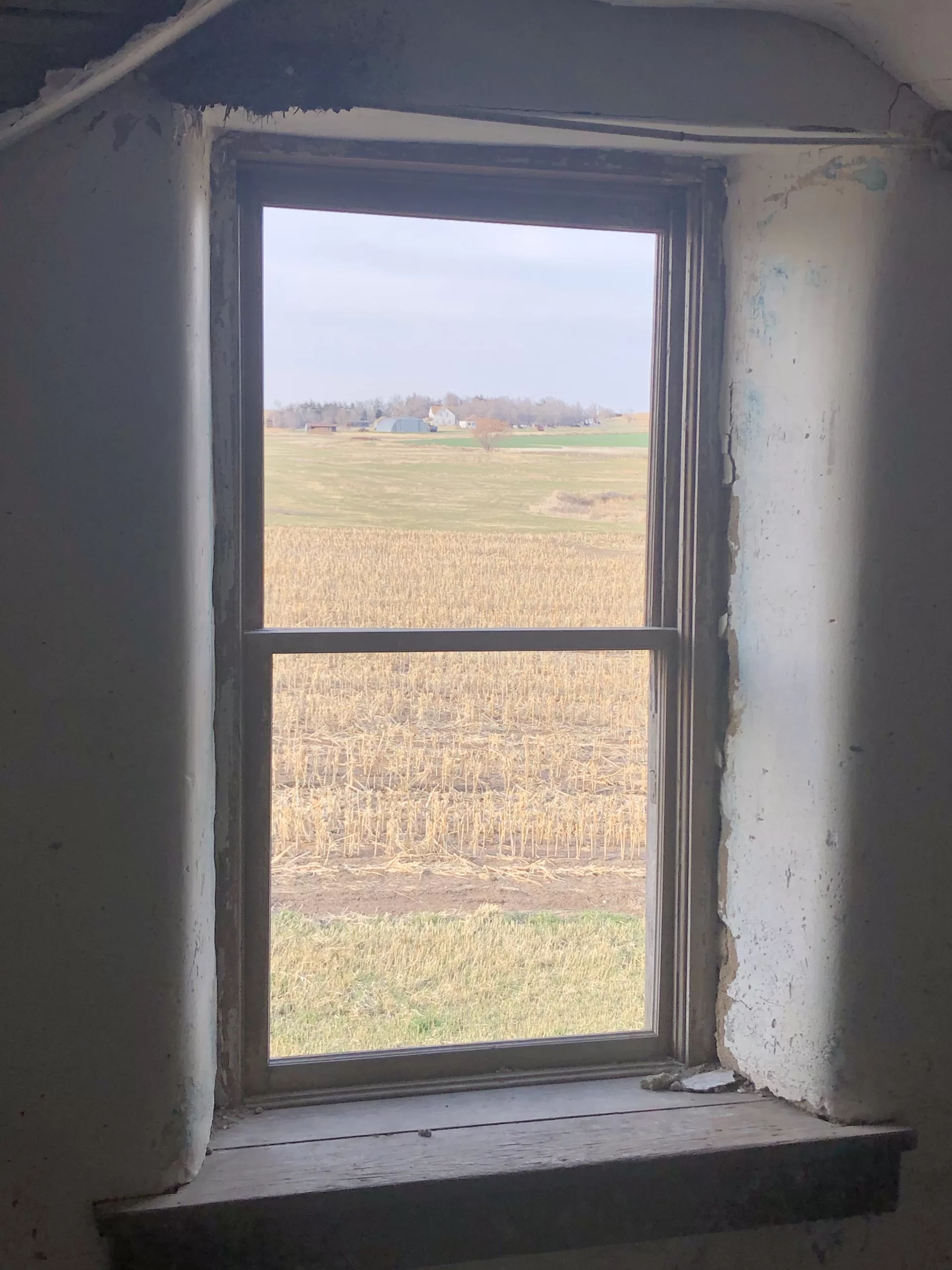
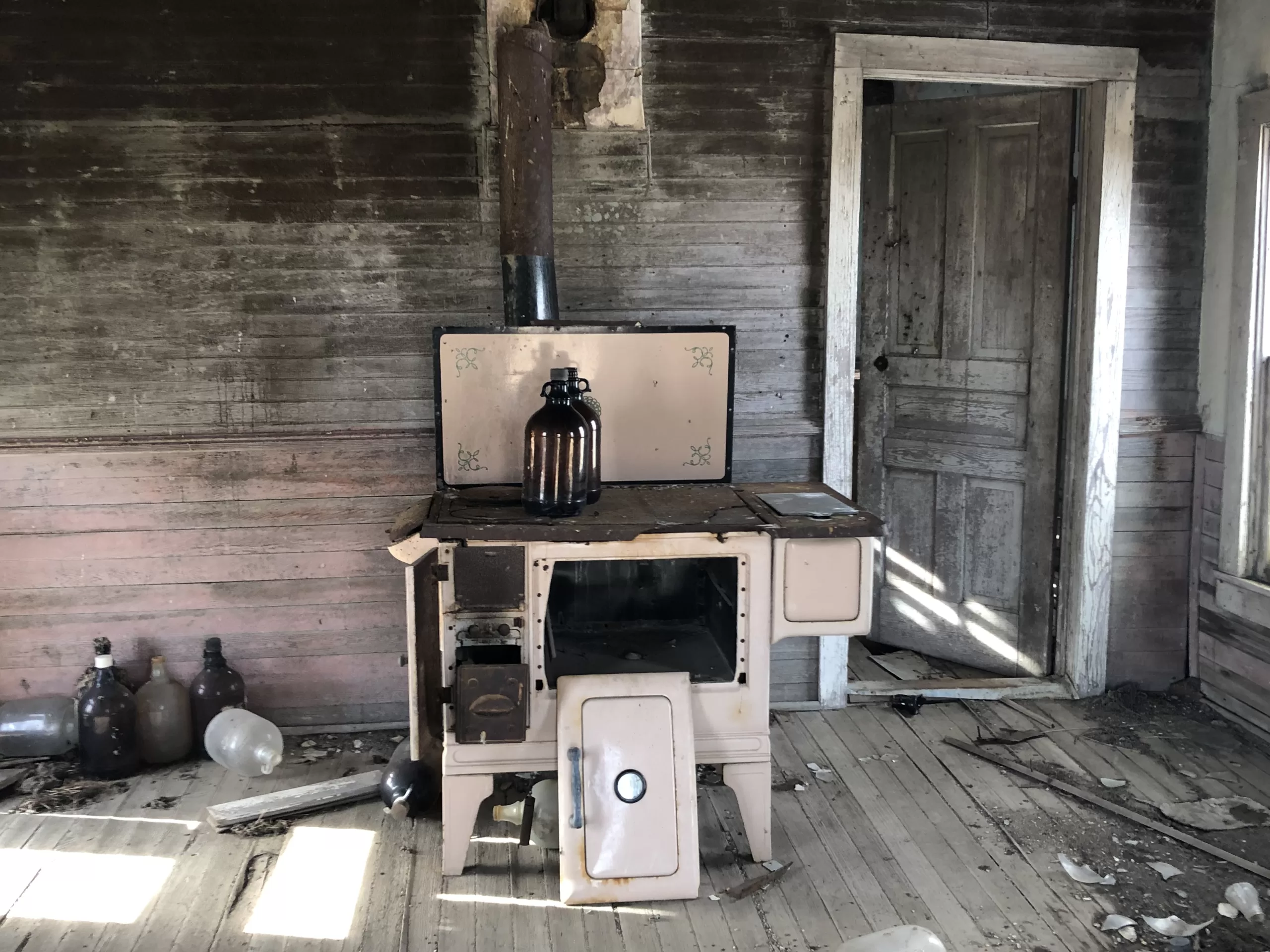
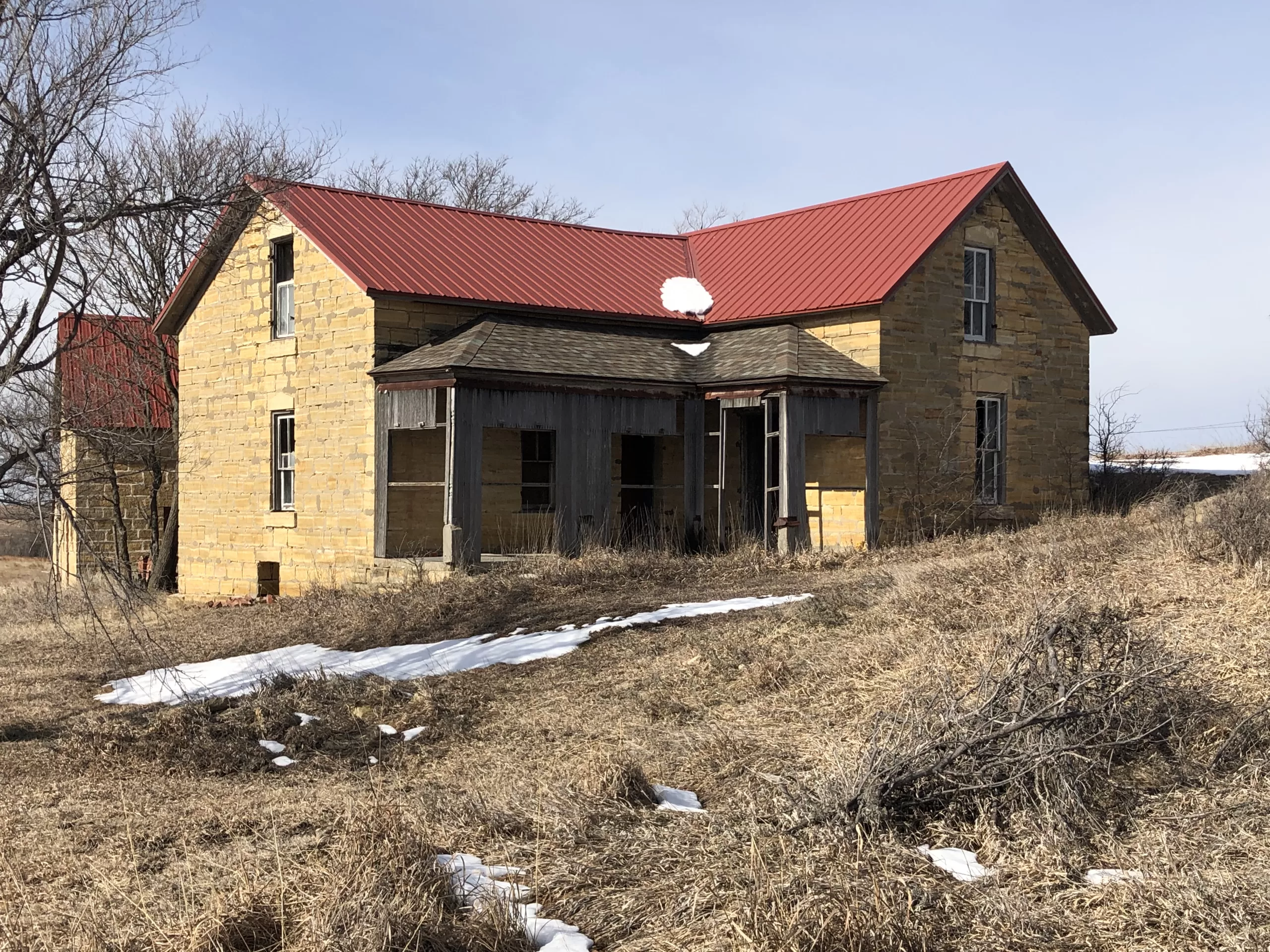
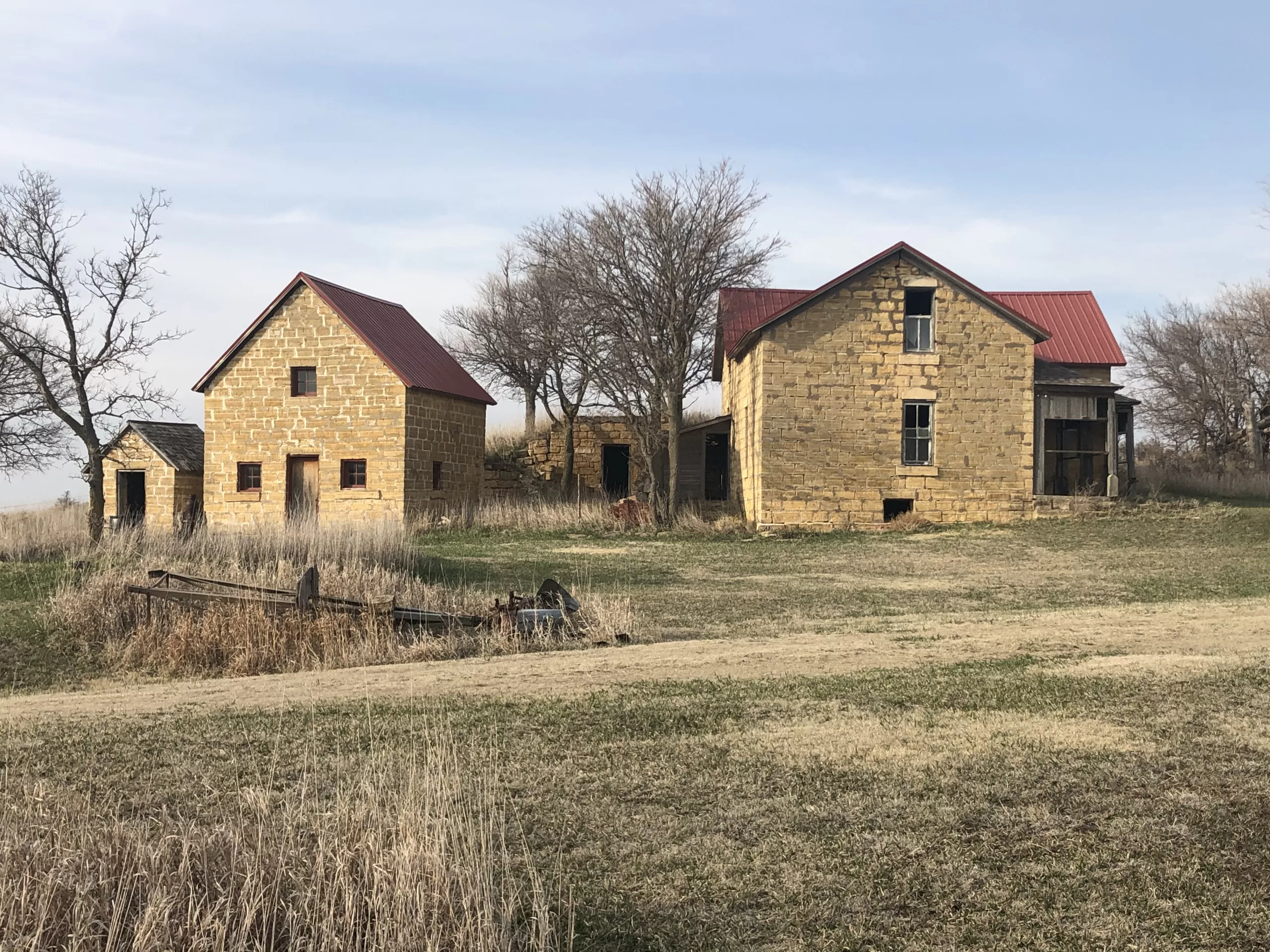
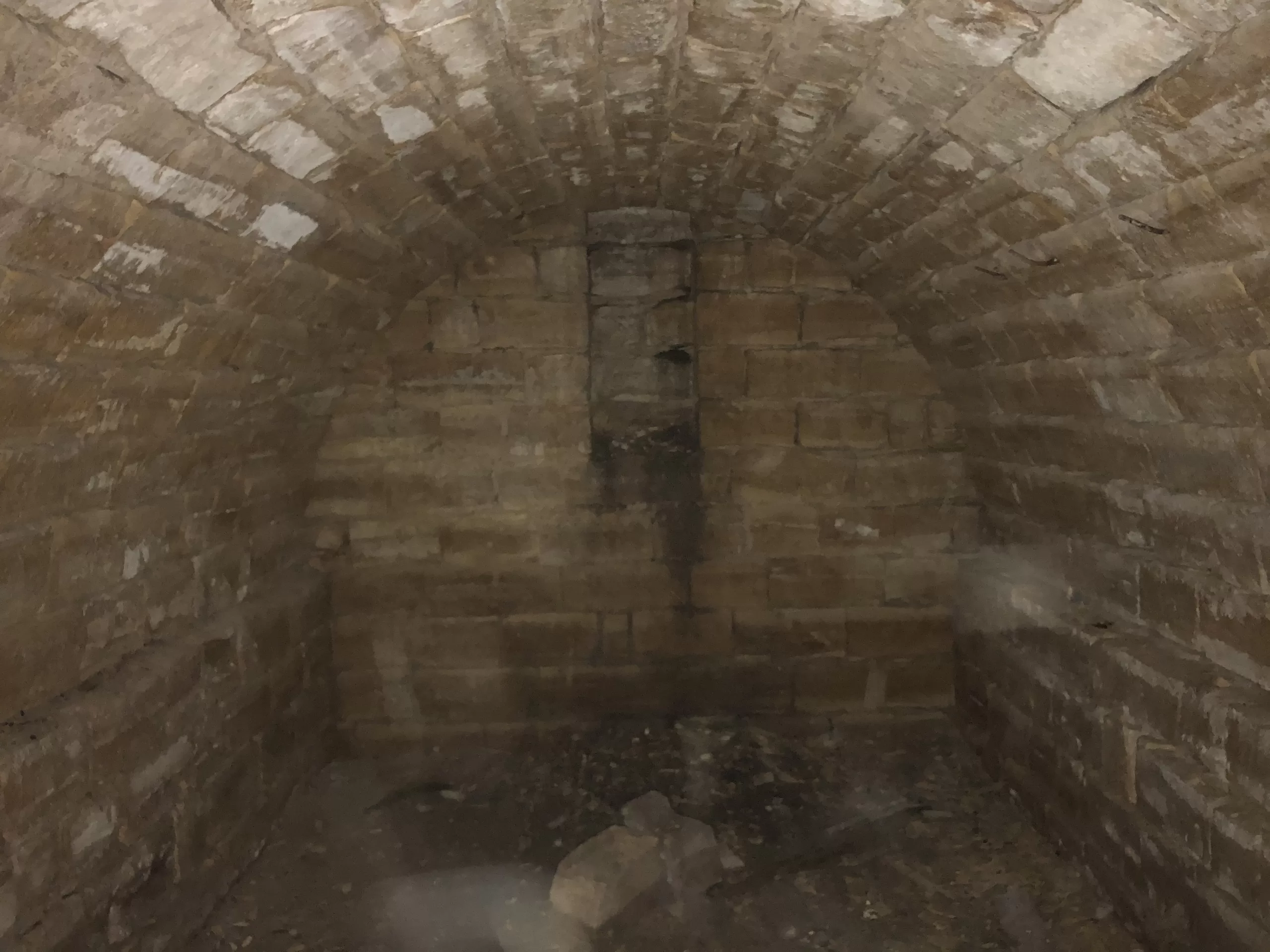

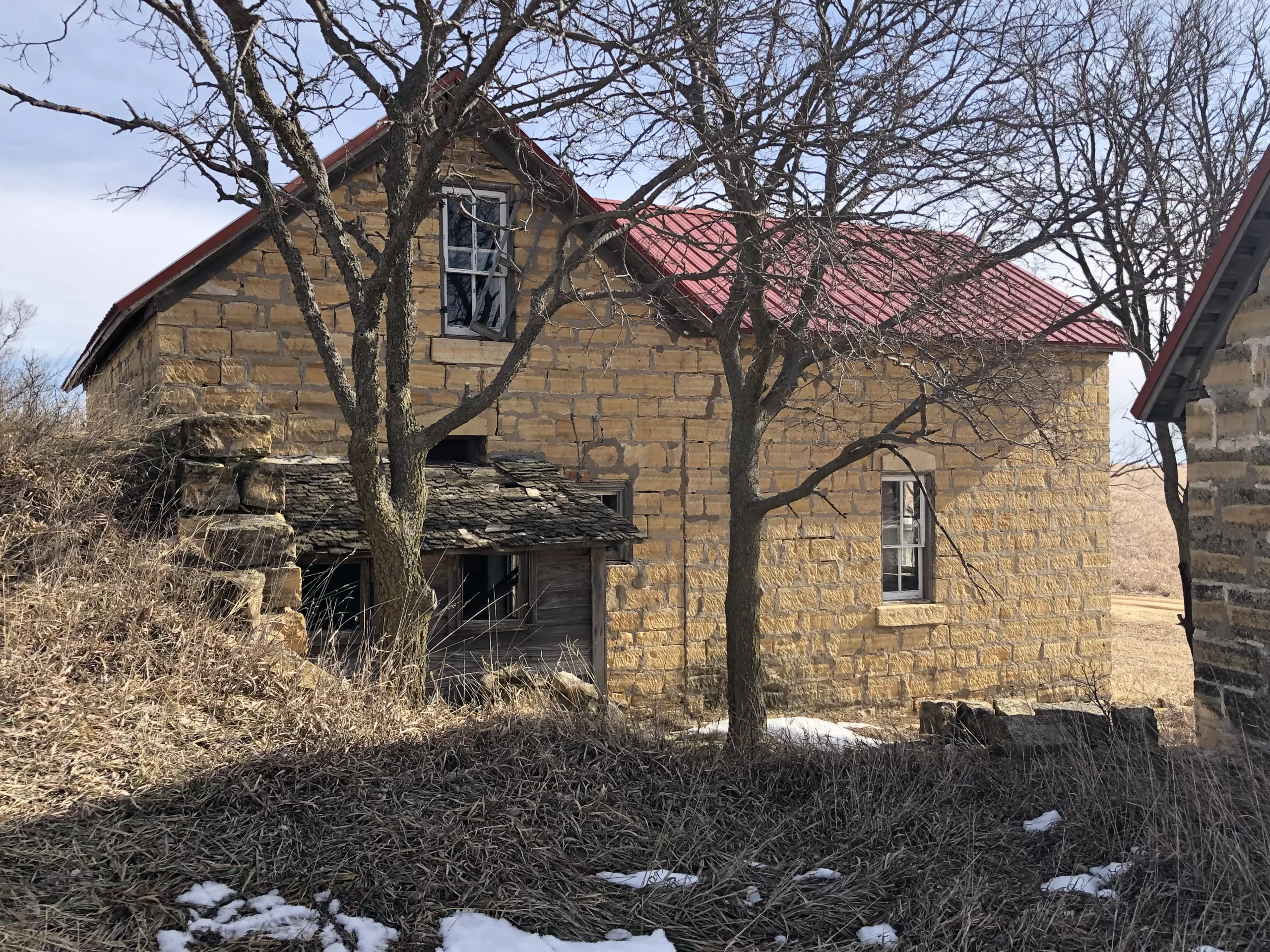
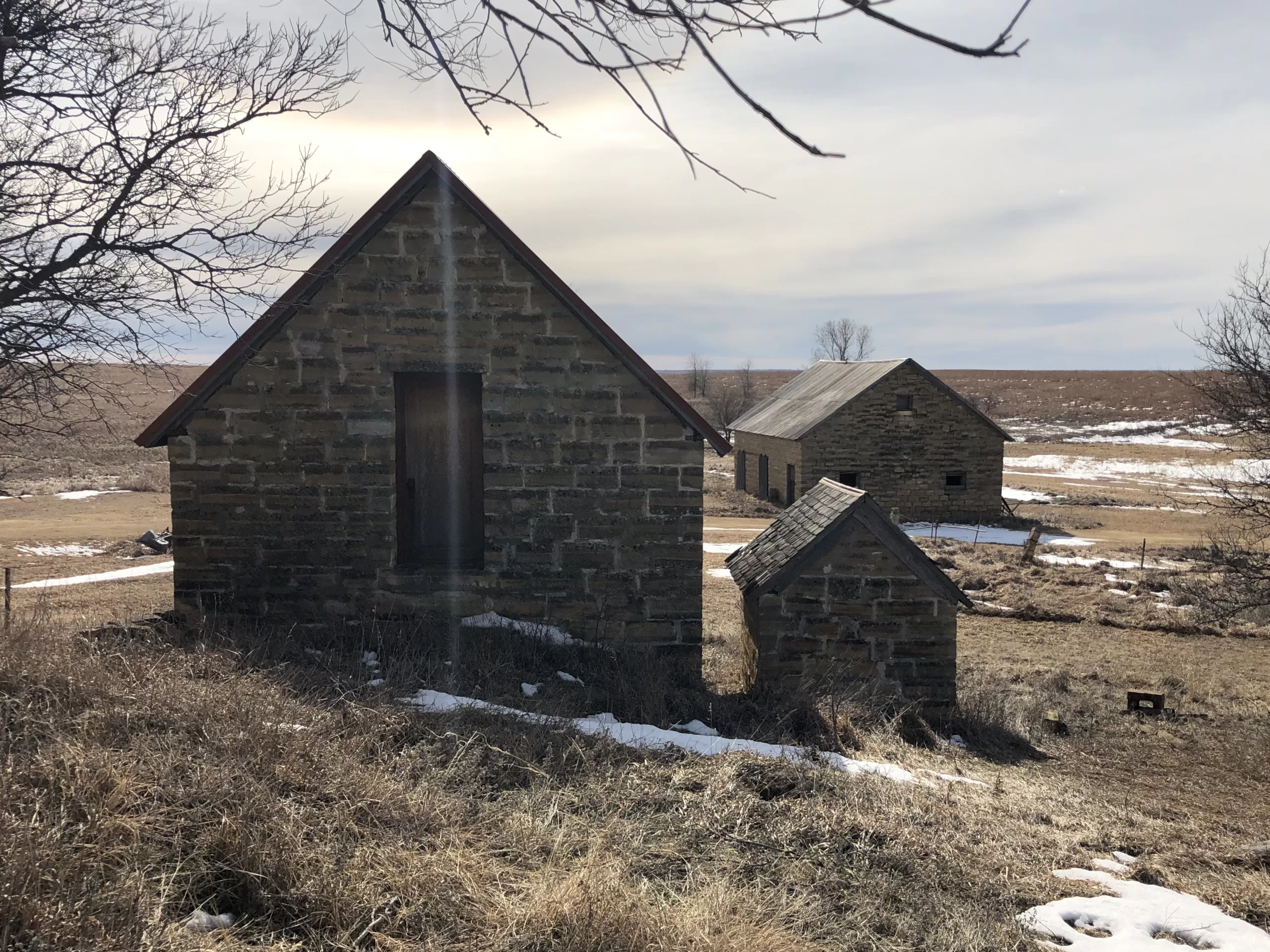
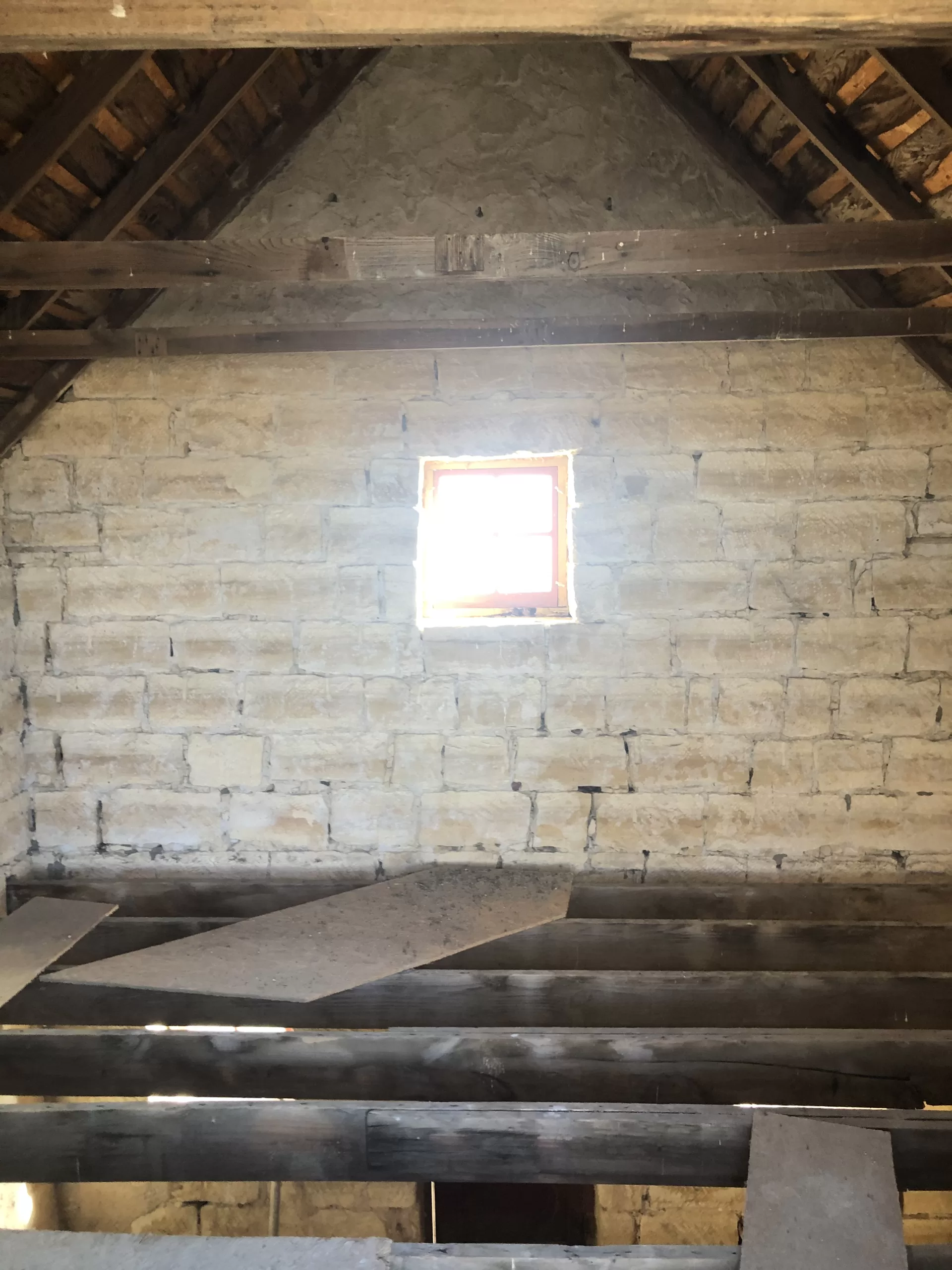
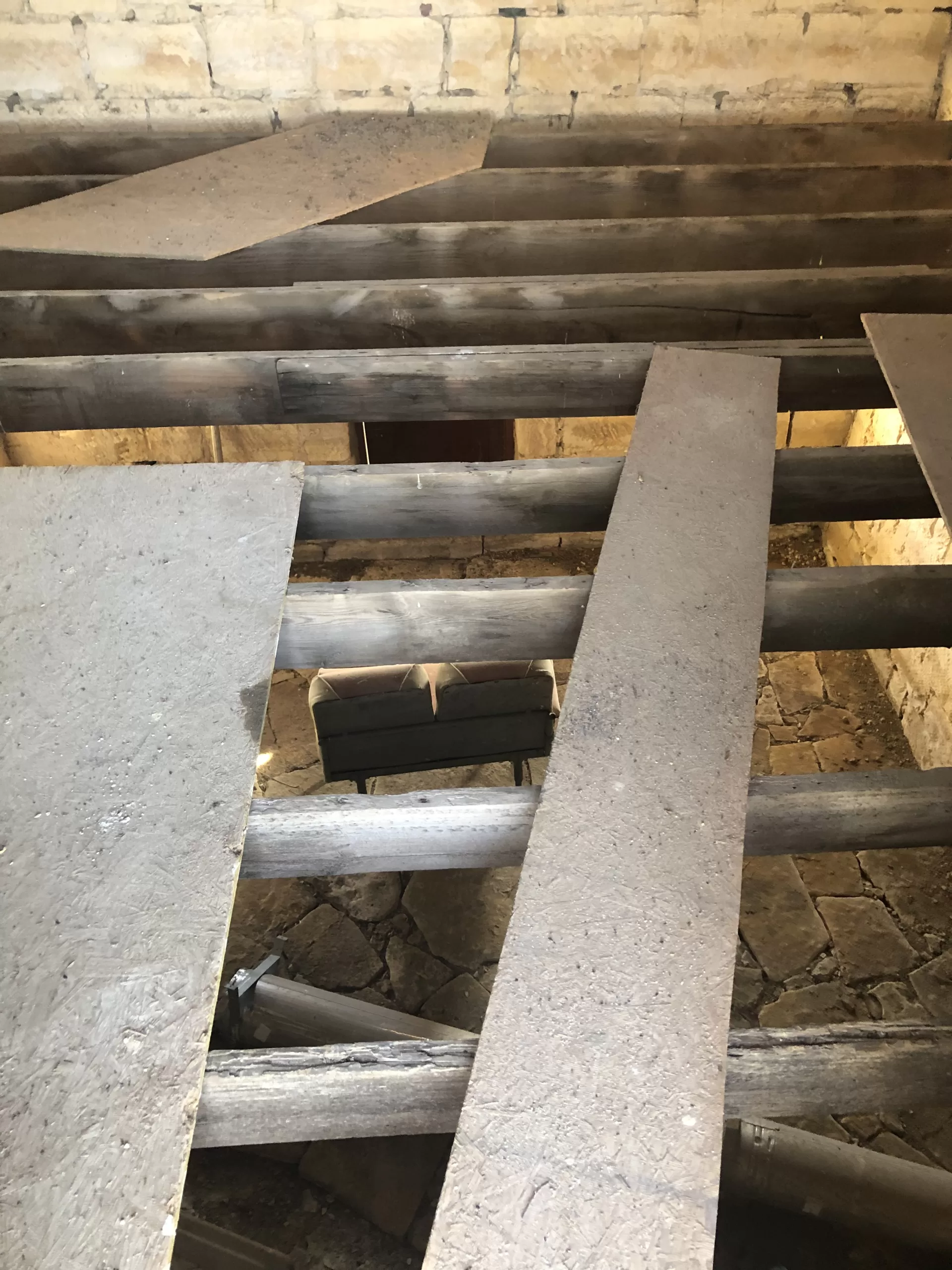
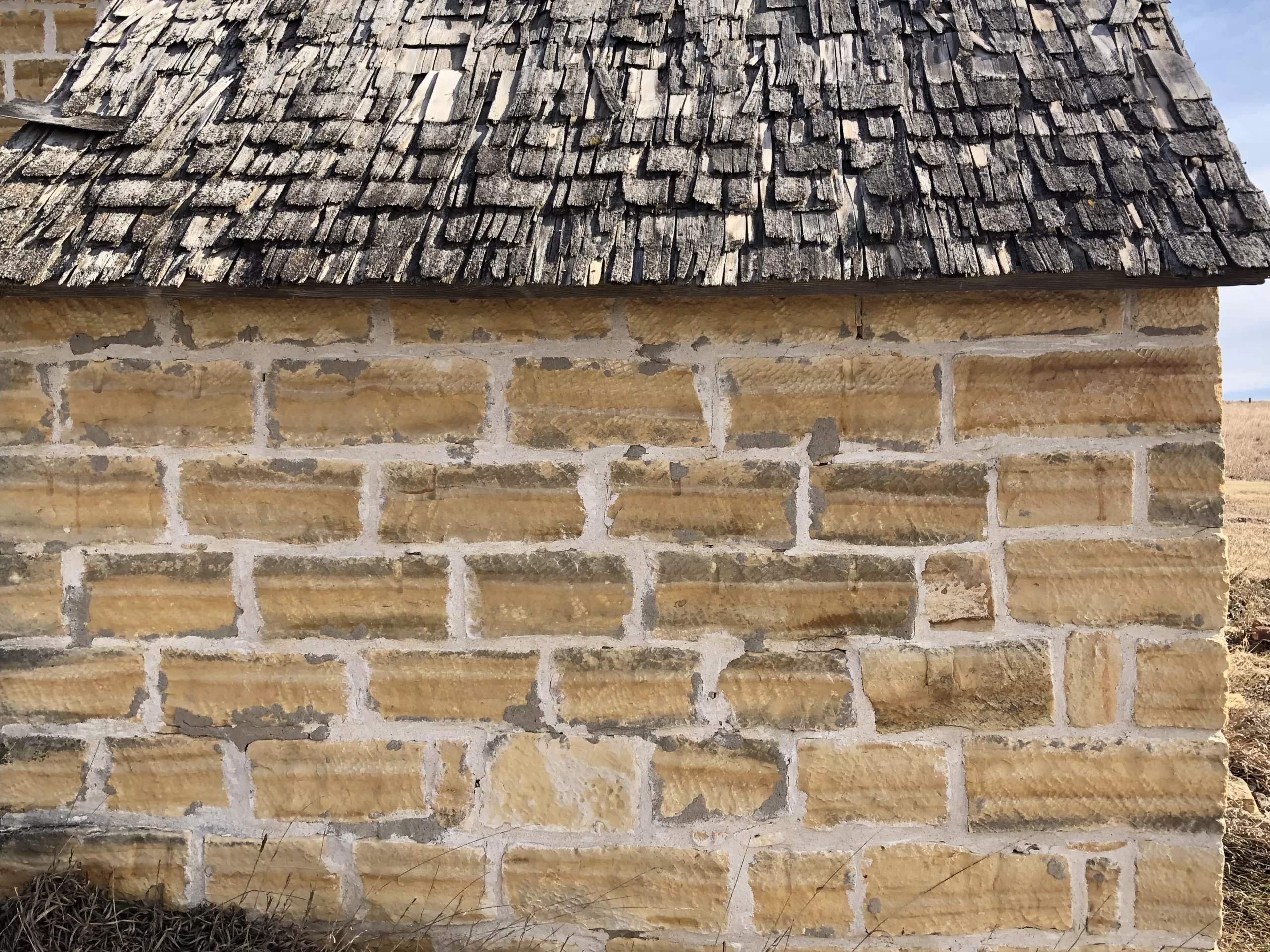
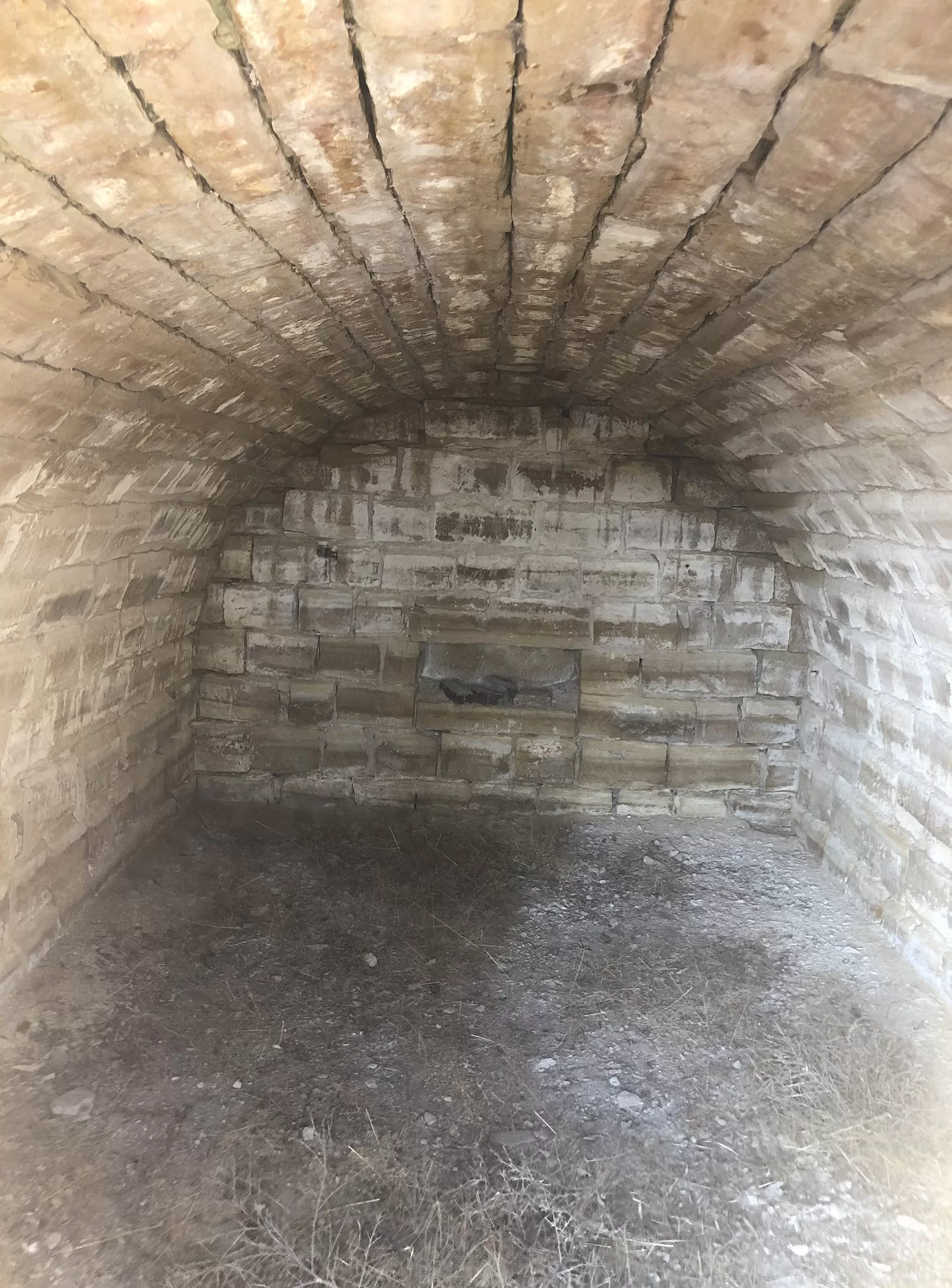
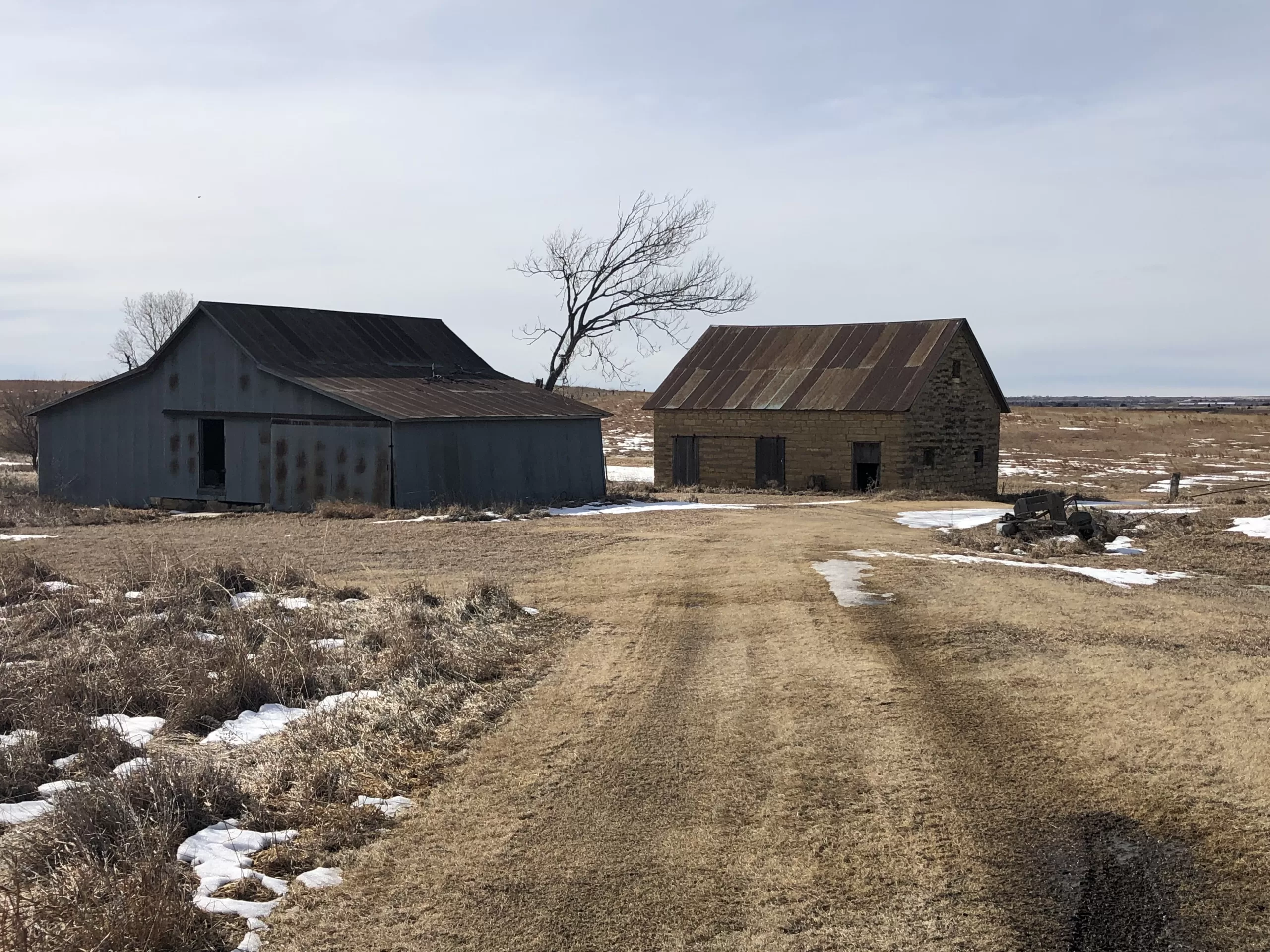
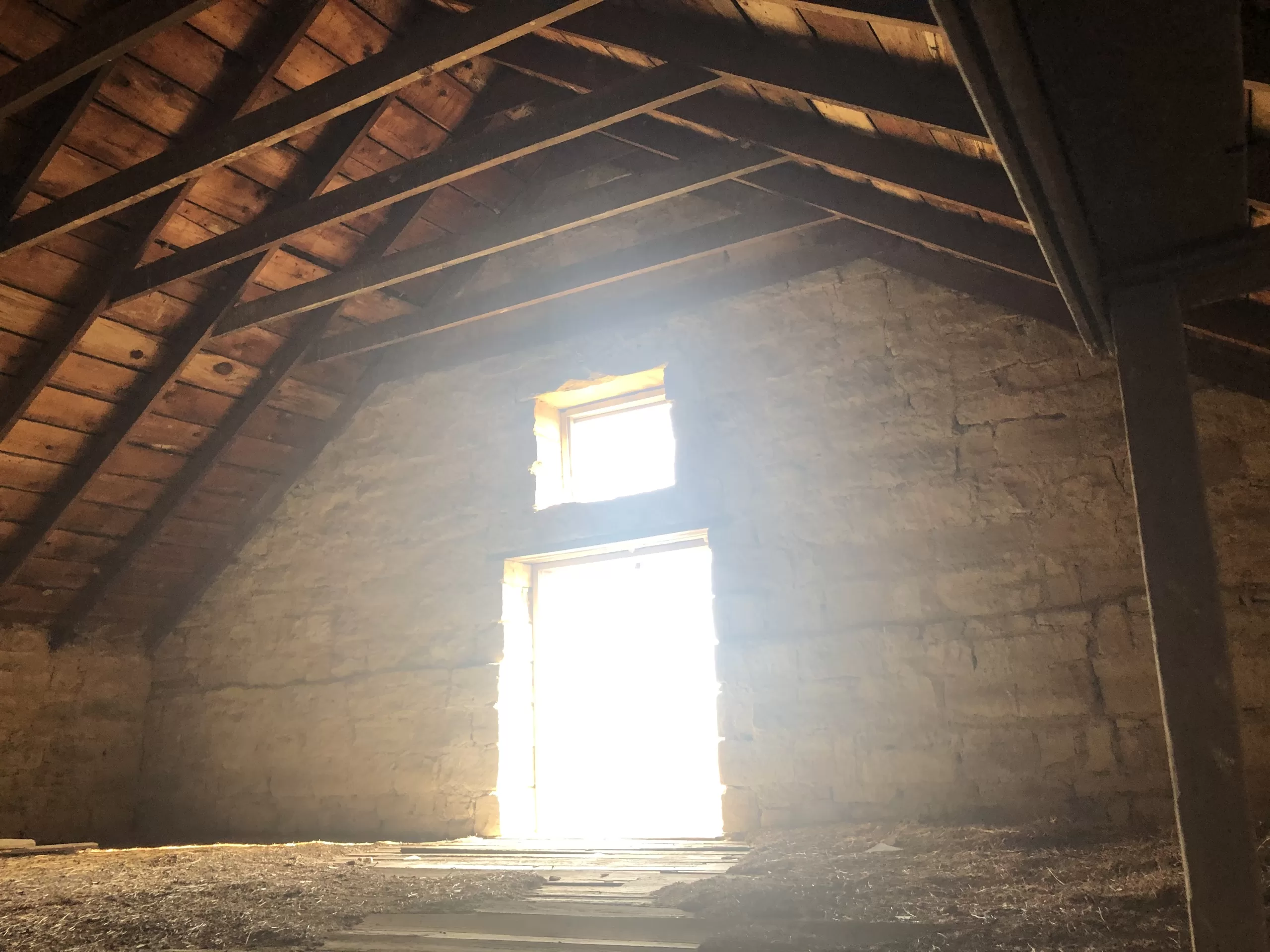
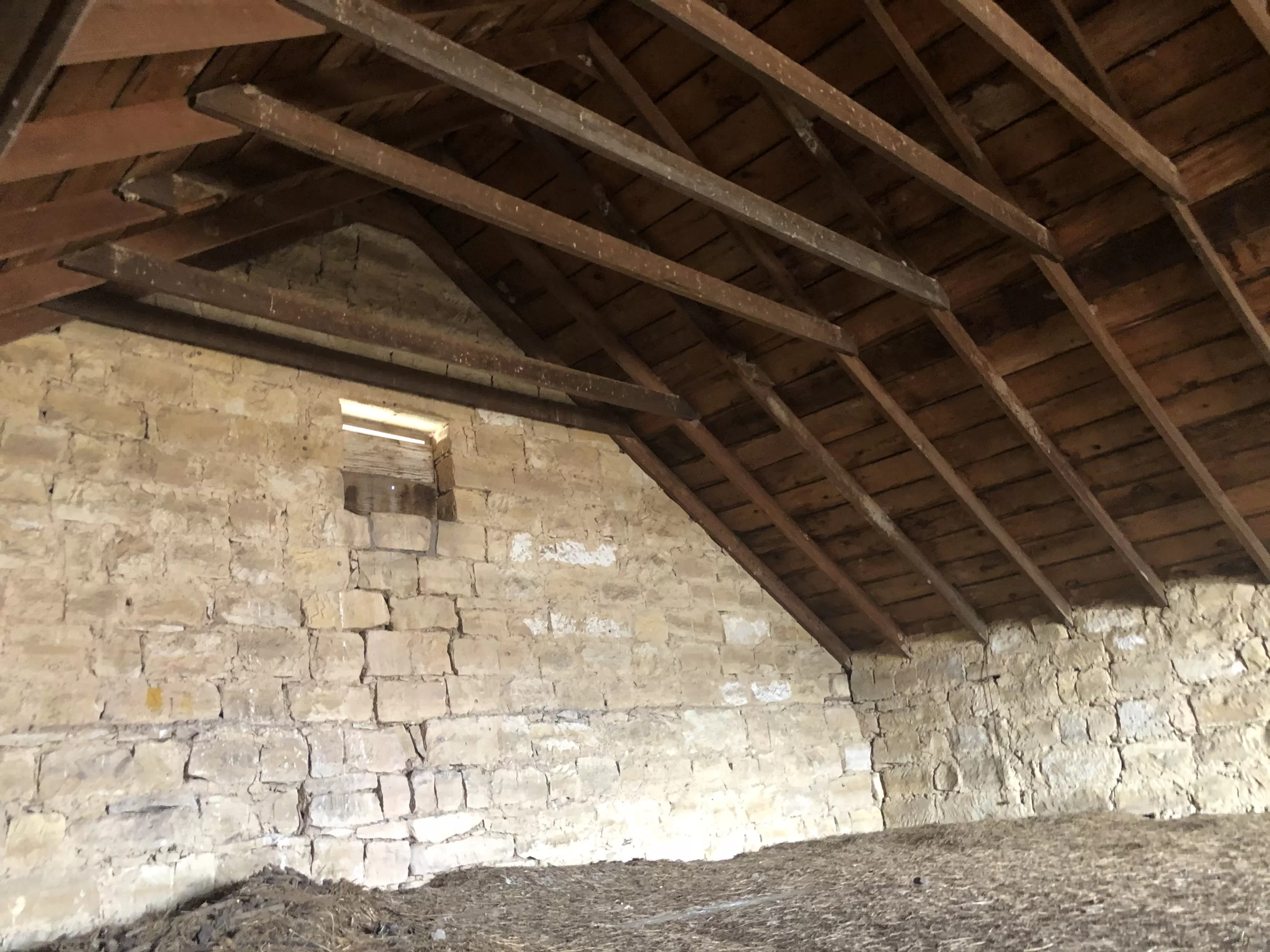
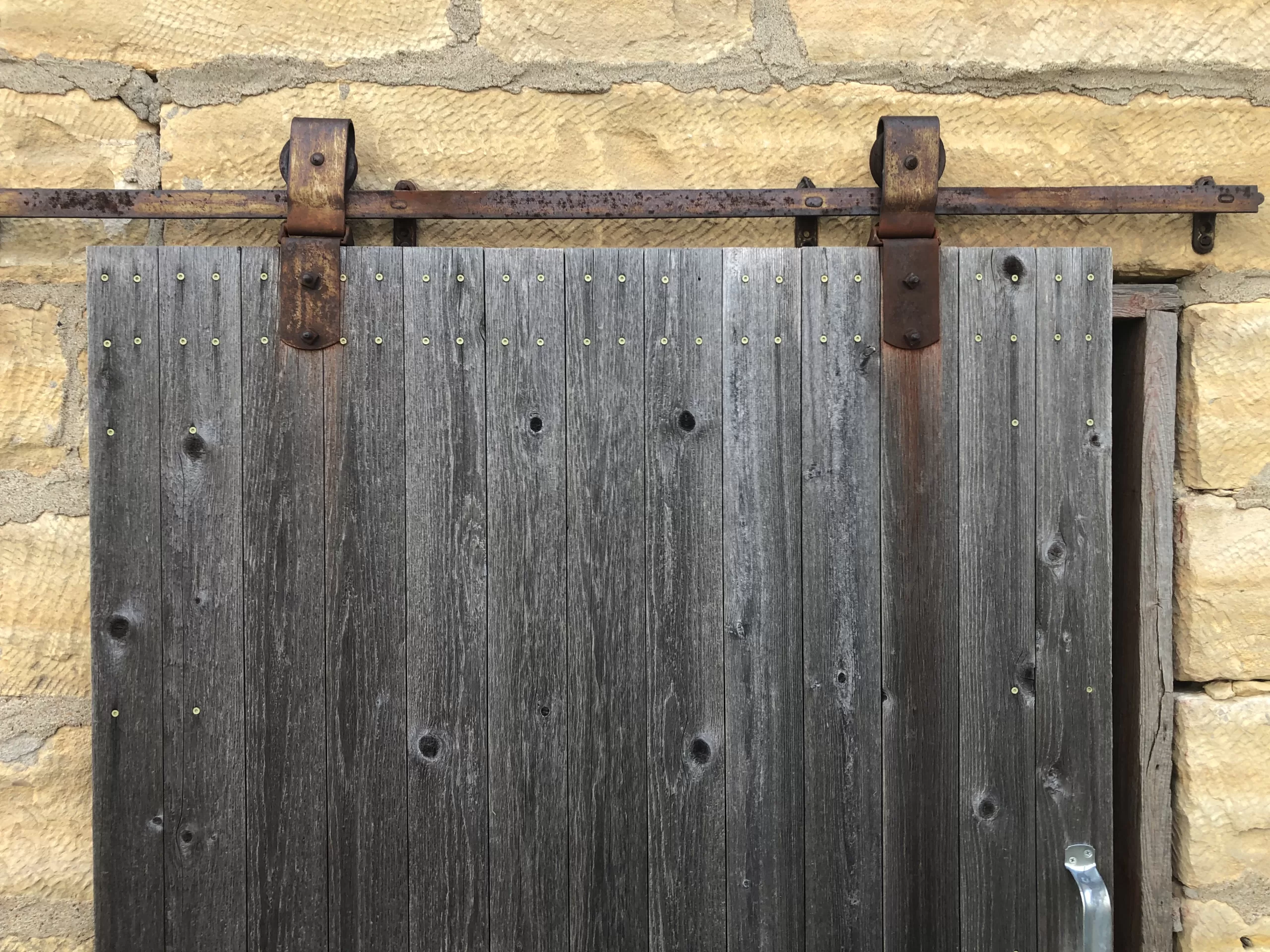


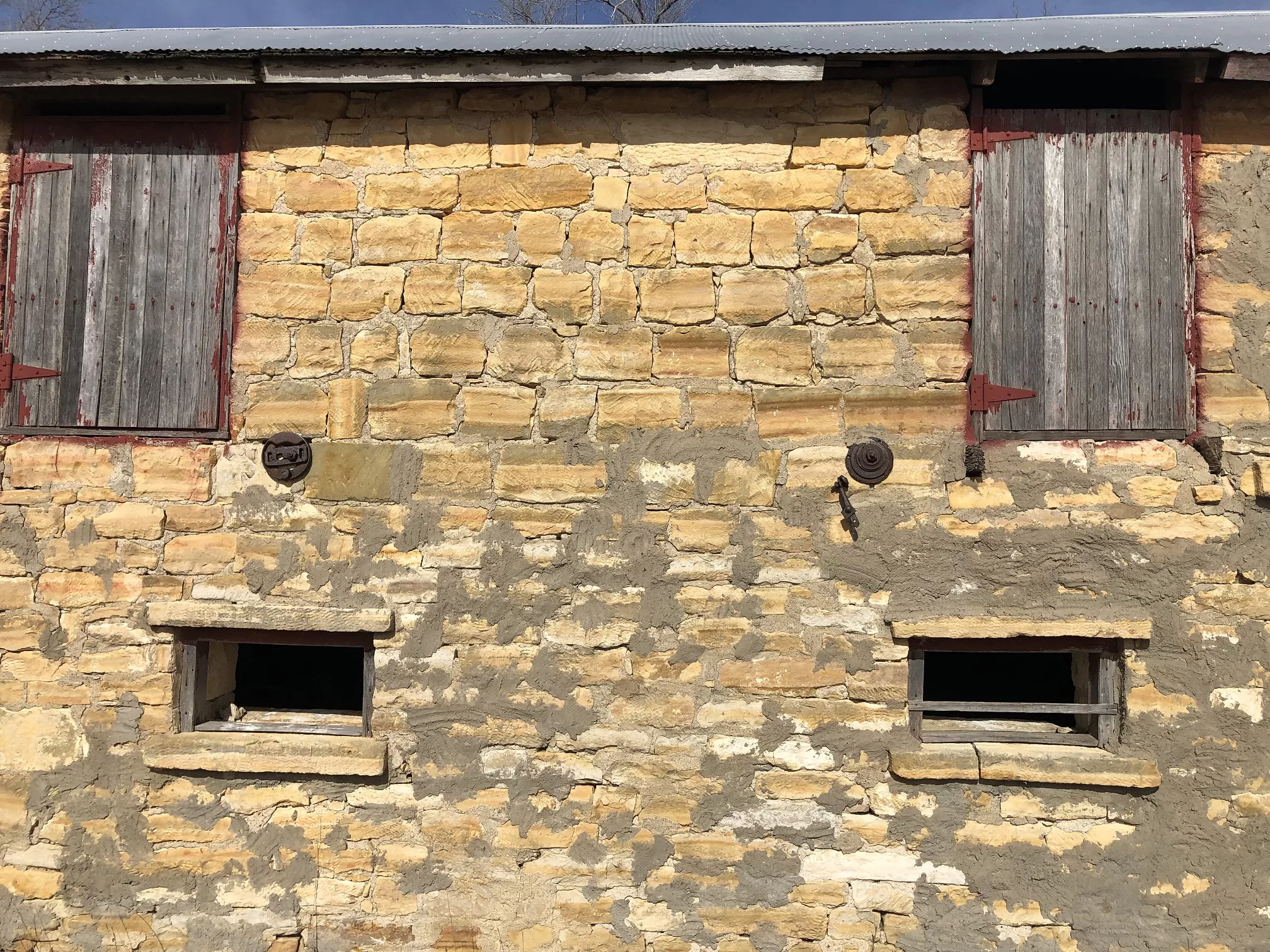



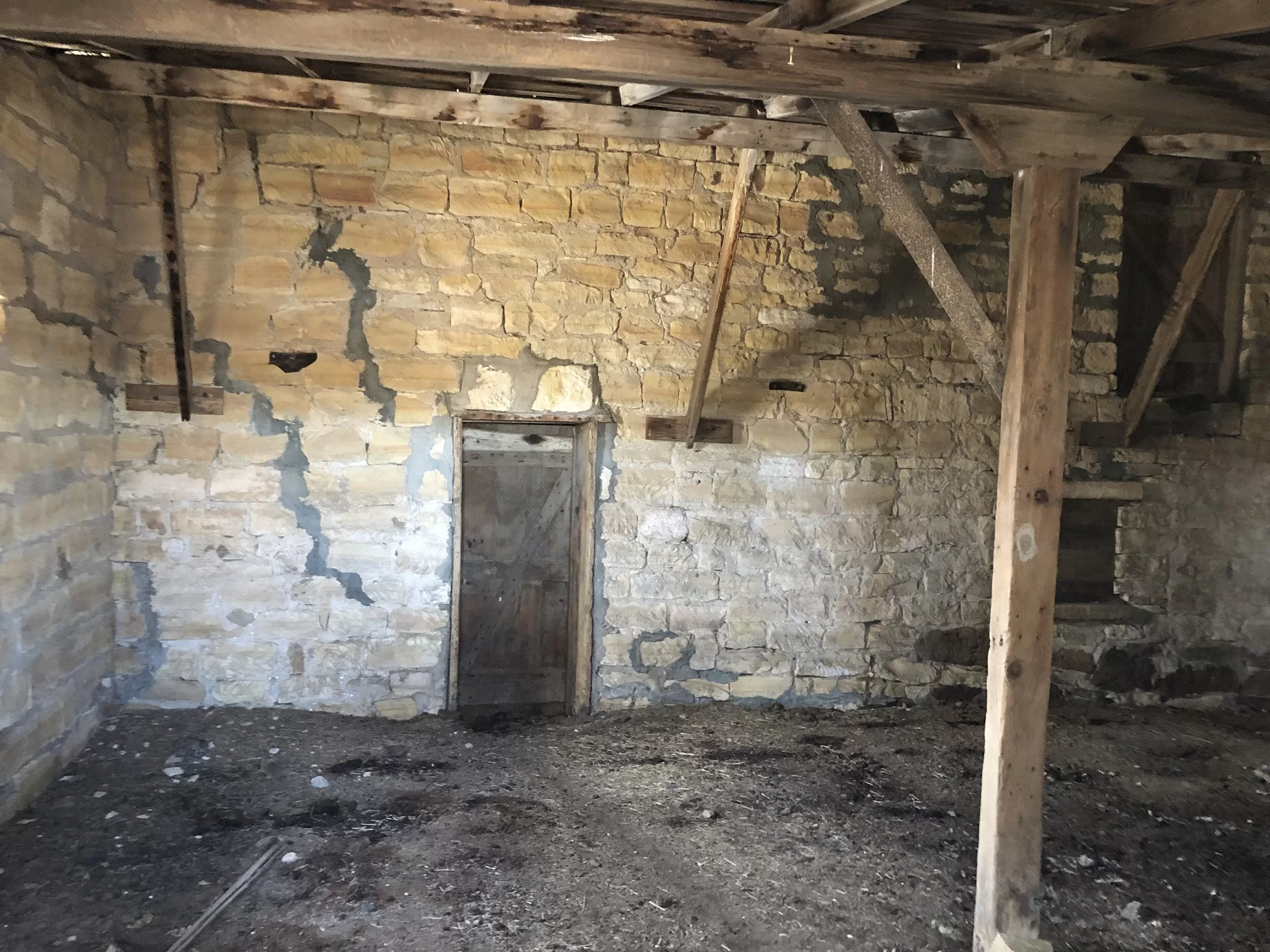

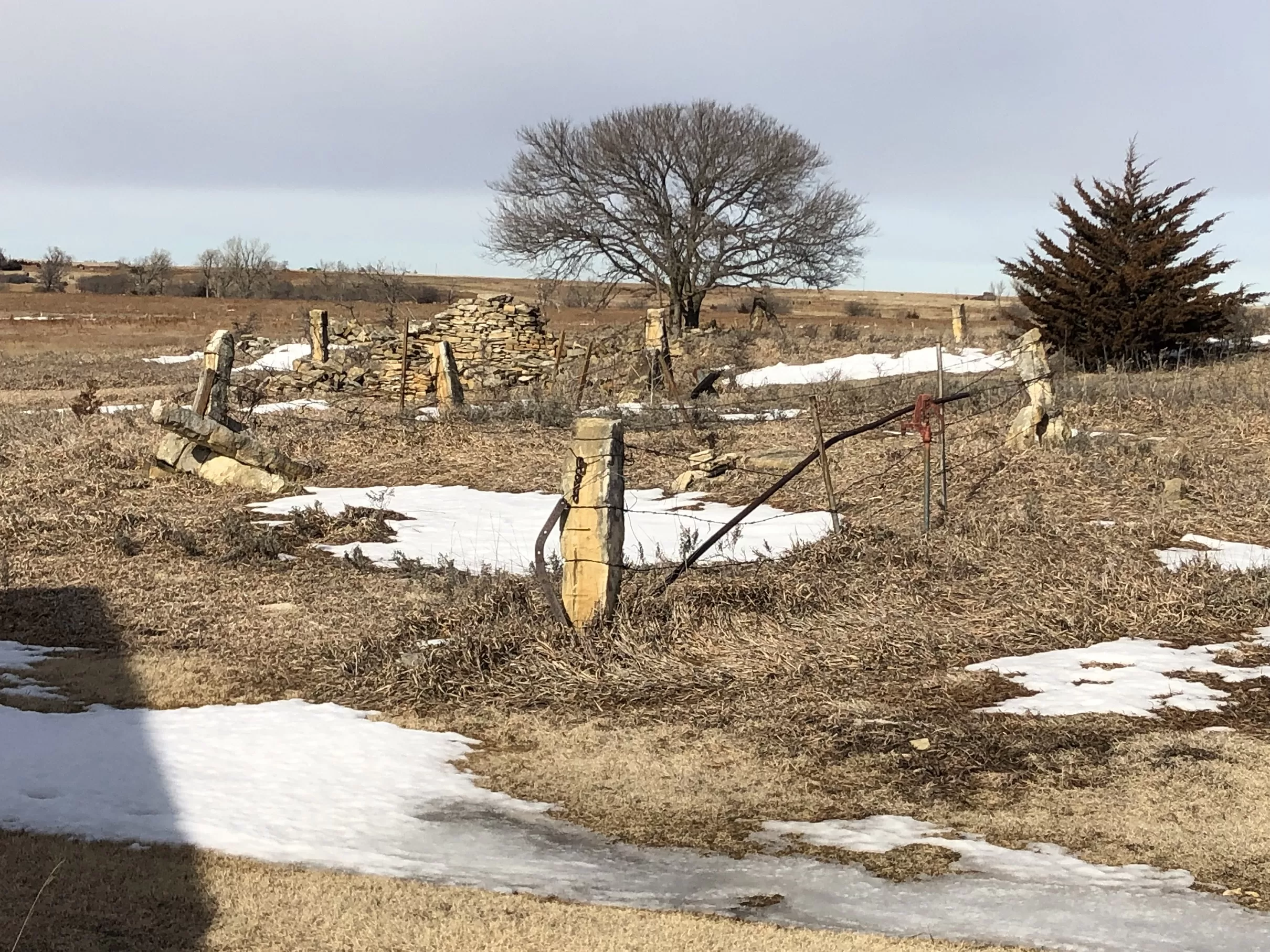


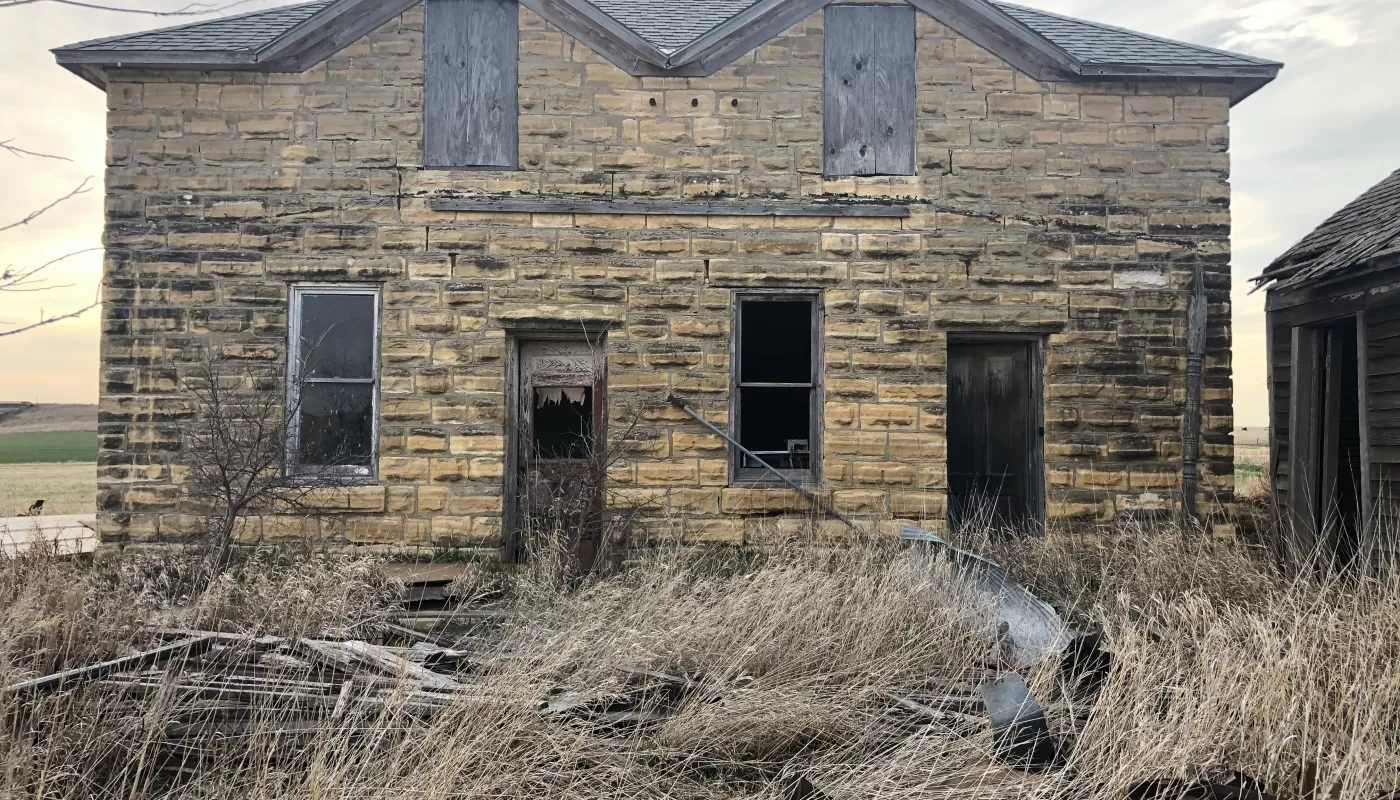
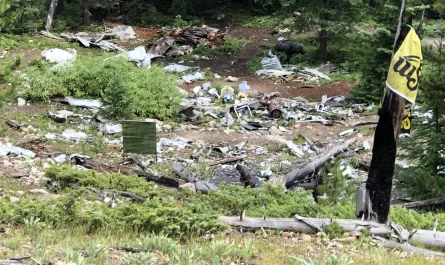

Limestone is heavy so it must have taken some time to do all the building and the area is so desolate you wouldn’t go to the market very often. A lot of loneliness.
I was born in Kansas I’m not proud of it.
Kansas is such a delayed state, bad and corrupt politics, very high taxes, a lot of big government. Kansas must be a hundred years behind the rest of the planet. I think everyone in Kansas through the Florida or Disney land employement program, least that what was going on last time I was living in Kansas I think that they eventually go to Florida to seek happiness. Yeah.